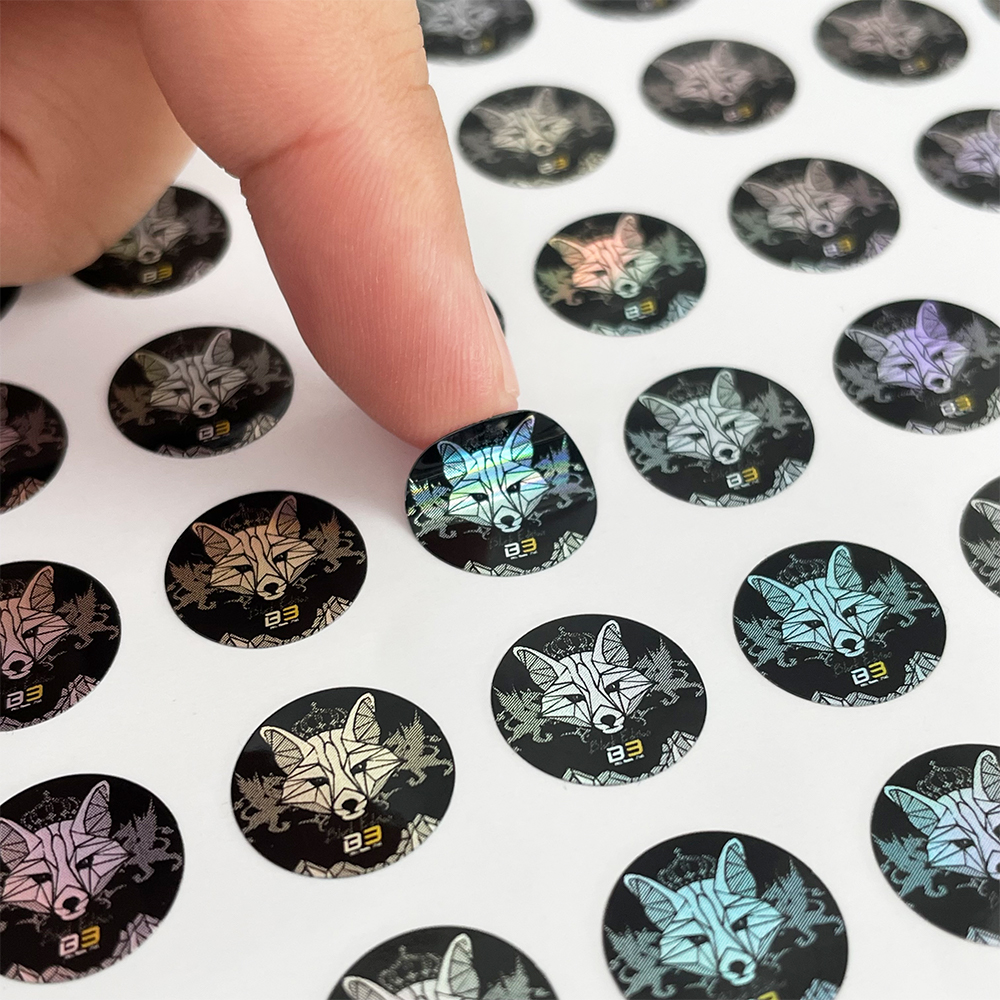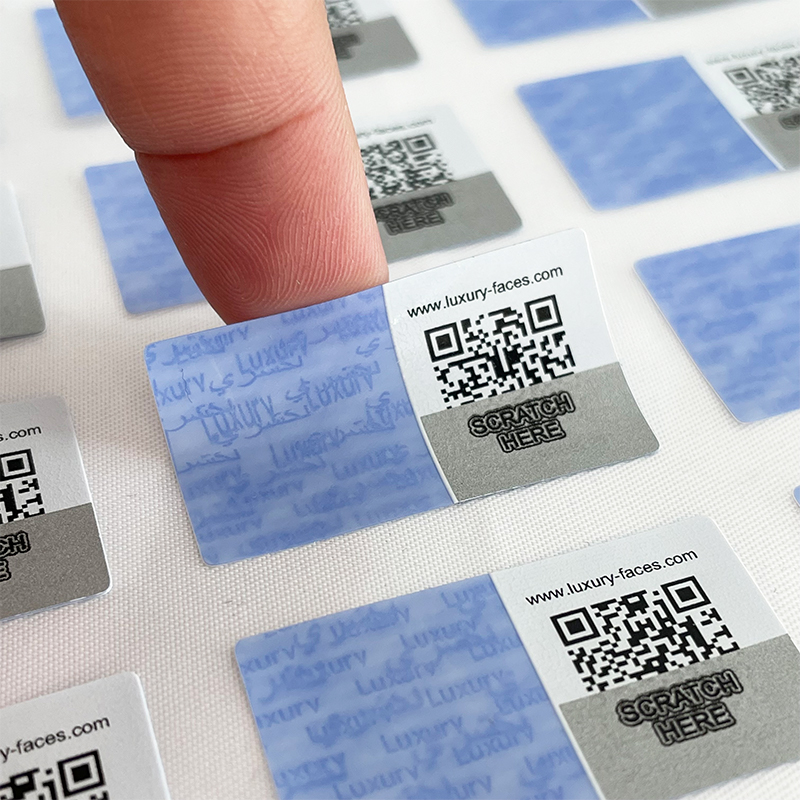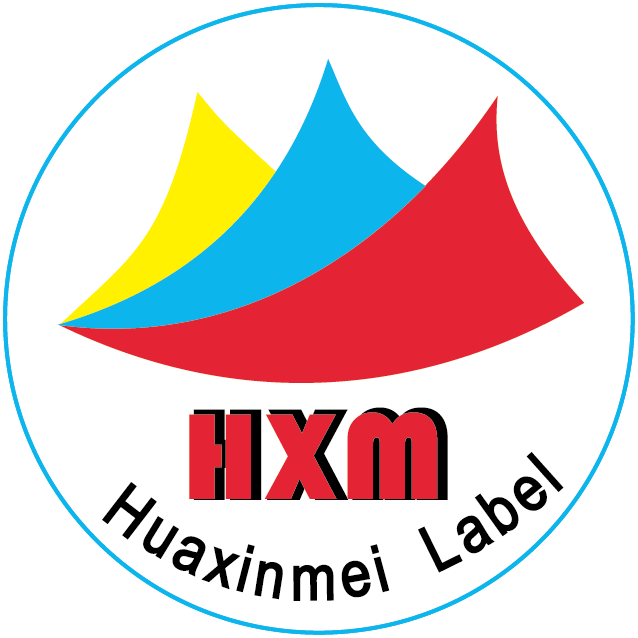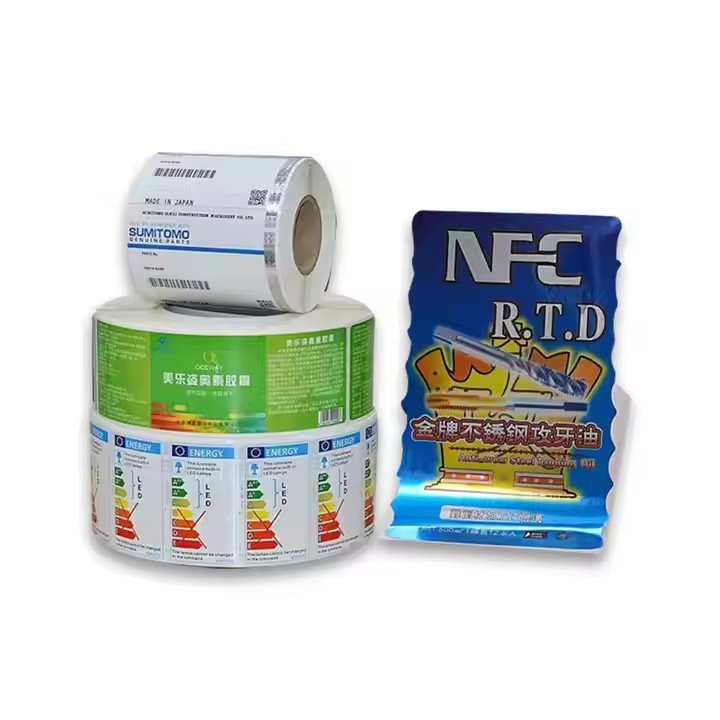During the production process
Optimize the design
Plan the patterns and texts rationally: Carefully examine the design of the stickers, remove unnecessary elements, and simplify the patterns and texts. For example, reduce complex borders, decorative lines, or redundant text information. Ensure that the size of the patterns and texts is just enough to clearly convey the required information, avoiding wasting space with overly large sizes. Rational planning of patterns and texts is particularly important because only with reasonable planning and design can the stickers be good-looking enough. In addition, reasonable planning helps to reduce material expenditure and helps merchants cut down on unnecessary economic costs. Appropriate texts can also make the destructible labels more attractive or simpler, and it is also an important source of saving economic costs.
Use repeated patterns: If the stickers need to cover a large area or have multiple identical elements, a basic pattern unit can be designed and then repeated and arranged to form a complete sticker. This can reduce the complexity of the design. At the same time, only one pattern unit needs to be printed during the printing process, saving materials and printing costs. Another advantage of repeating the pattern is that it allows consumers to see the label more often. As a result, consumers are more likely to remember the brand of the product. Seeing the same product label multiple times is equivalent to implanting the product brand into the consumers’ minds.

Utilize scraps: When designing the shape of the stickers, consider designing them in a shape that can make full use of the scraps of paper. For example, design the stickers into a triangle, trapezoid, or other irregular shapes to fill the space left after cutting rectangular paper. Using these scraps to make destructible labels not only does not waste materials but also counts as a reuse of waste, achieving a win-win effect.
Select suitable materials and specifications
Choose materials according to requirements: Different types of destructible sticker materials have different costs and characteristics. On the premise of meeting the usage requirements, select materials with lower costs and moderate thickness. For example, if the waterproof performance of the stickers is not highly required, ordinary paper materials can be chosen instead of plastic film materials with better waterproof performance but higher costs.
Optimize material specifications: Understand the common specifications of materials and make reasonable plans according to the size of the stickers. Try to select material specifications that match the size of the stickers to reduce waste during the cutting process. For example, if the sticker size is rectangular, a roll material with a suitable width can be selected so that the width of the sticker is adapted to the width of the roll material, reducing the waste of horizontal cutting. Optimizing material specifications means choosing materials that are as suitable as possible for the products when matching them. This helps to reduce material usage and also reduces economic expenditures for companies.
Precise typesetting and printing
Optimize the layout: Before printing, use professional typesetting software to precisely typeset the stickers. Arrange multiple stickers closely on a printing plate, minimizing the blank gaps between the stickers. At the same time, consider the format of the printing equipment and the limitations of the printing process to make full use of the printing plate.
Adopt efficient printing techniques: Select a printing method suitable for the sticker materials and quantity. For large-scale sticker production, efficient methods such as rotogravure printing or digital printing can be adopted. These methods can complete a large amount of printing in a short time, and the printing accuracy is high, effectively reducing material waste caused by printing errors. For small batches of stickers, digital printing can also be selected, which can print on demand without the need to make printing plates, saving plate-making costs and materials.
During the usage process
Accurate pasting
Measure and position in advance: Before pasting the stickers, measure and mark the pasting position first to ensure that the stickers can be accurately pasted in the required position, avoiding the need to repaste due to inaccurate pasting positions and causing sticker waste.
Operate carefully: During the process of tearing off the stickers and pasting them, operate carefully to avoid accidentally damaging or soiling the stickers by contacting them with other objects. If the stickers are large, a multi-person cooperation method can be adopted for pasting to ensure that the stickers are pasted flat and accurately on the target surface. When pasting the label paper, try to paste it flat and avoid tearing the label. Only by keeping it intact can the label materials be saved better.
Inventory management
Reasonable stockpiling: Plan the inventory quantity of stickers reasonably according to the actual usage requirements. Avoid overstocking, which may lead to stickers expiring or being damaged due to long-term storage. At the same time, prevent insufficient inventory, which may lead to frequent restocking and increase the waste of transportation and packaging materials. When the material price is low, it should be stored in the warehouse because storage is very important. Since the market price will fluctuate, it is definitely not cost-effective to store when the price is high. And if storage is carried out when the price is high, it is very likely to result in losses. Therefore, always pay attention to market information and store the materials as soon as possible when the market price is low.

First in, first out: Follow the principle of first in, first out when using the inventory stickers. Use the stickers produced or purchased earlier first to avoid the stickers aging, deteriorating, or being damaged due to long-term backlog, thereby reducing material waste. Of course, if it is possible to use those scraps, they can also be used, achieving no waste of resources and also being an environmentally friendly and economical practice.
Through the various methods described above during the production and usage processes, materials for destructible stickers can be effectively saved, costs can be reduced, and at the same time, it helps to improve resource utilization efficiency and reduce the impact on the environment.


